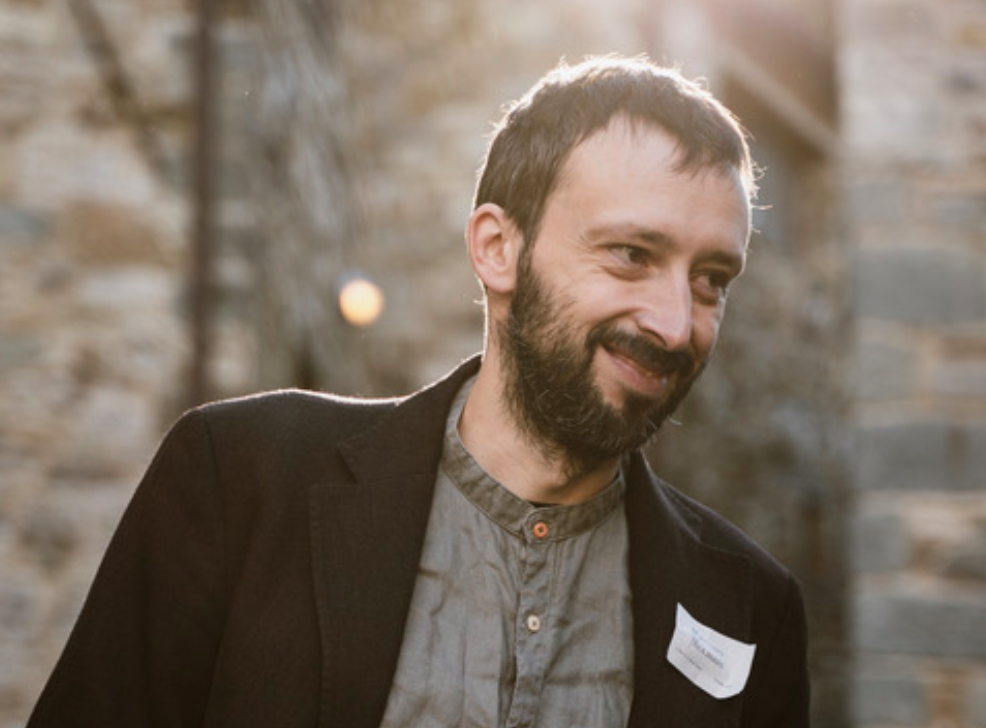
Exploring the structure of the cosmos at ultra-low frequencies is the objective of the project entitled The Ultra-Low Frequency Universe which has been awarded a 2022 European Research Council (ERC) Consolidator Grant worth 2 million euros.
The grant winner is Francesco De Gasperin, National Institute for Astrophysics (INAF), who will carry out the research activities – as Principal Investigator – at the INAF’s Institute for Radio Astronomy in Bologna. The funding will be used to hire PhD students, researchers, software developers and to purchase the supercomputers needed for data processing and analysis.
“The question we are going to answer with this project is: what would the sky look like if our eyes could observe electromagnetic radiation not at wavelengths of a few hundred nanometres – i.e. visible light – but at wavelengths of several metres, i.e. radio waves?” said the young scientist. The scientific justifications behind the project, in fact, go far beyond mere curiosity. As De Gasperin explained, “observing the sky at very low frequencies, i.e. at long wavelengths, allows us to see the long-term effect that supermassive black hole jets have on their environment or how the huge amount of energy released during the collision of galaxy clusters is gradually dissipated”.
To investigate the cosmos in radio waves, the project will make use of the Low Frequency Array (LOFAR): the largest radio telescope operating at the lowest frequencies that can be observed from Earth. Unlike single dish instruments, LOFAR is a multipurpose sensor network with an innovative computer infrastructure, capable of handling extremely large volumes of data. In particular, the advanced telescope will be used to scan much of the sky in the northern hemisphere, picking up signals with frequencies of a few dozen MHz, up to the observational limits imposed by the ionosphere.

